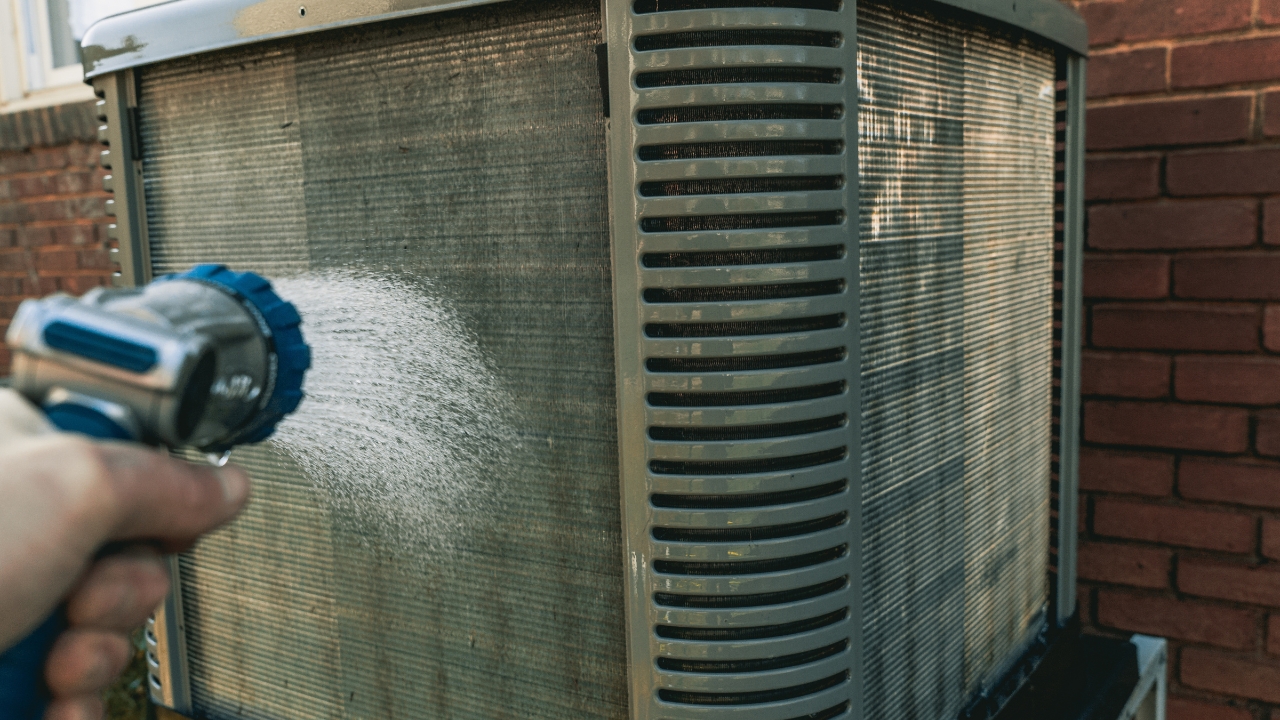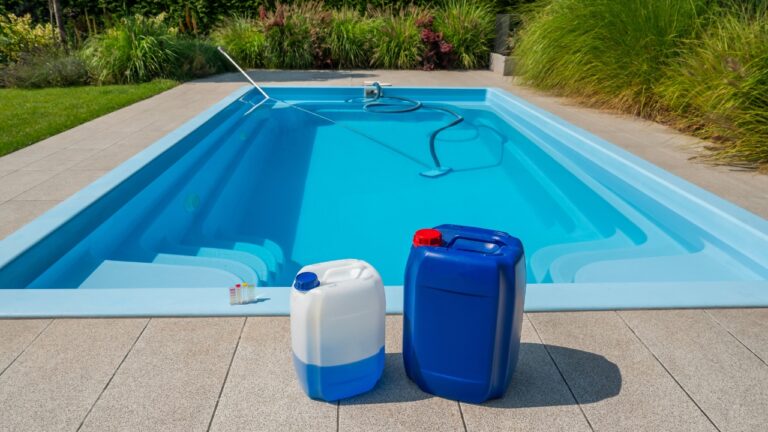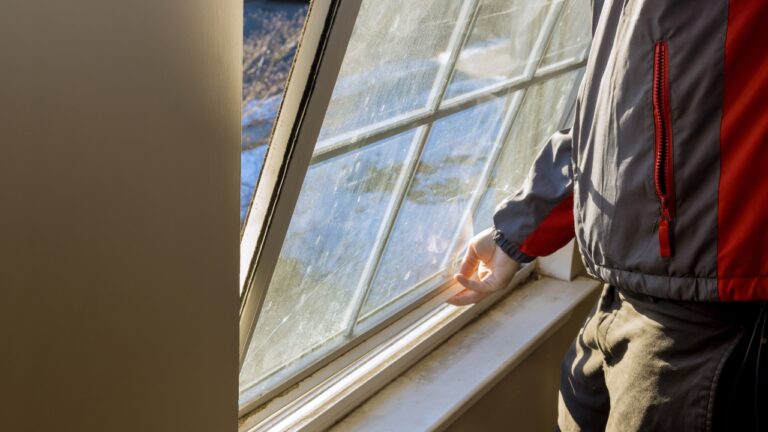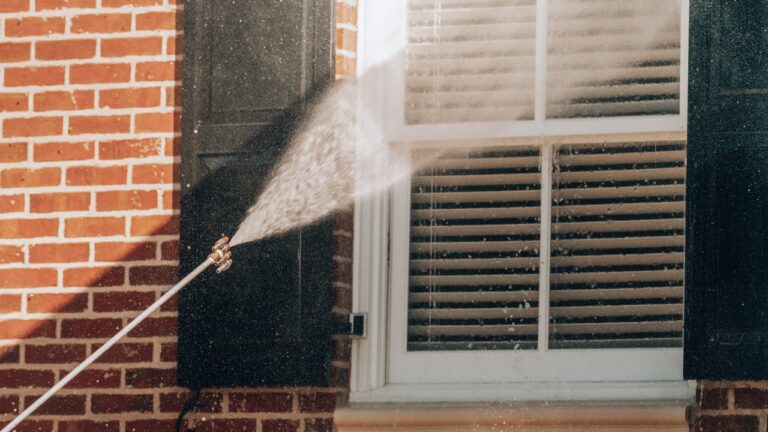10 DIY Fixes That Could Save Your Air Conditioner
When your air conditioner stops working in the middle of summer, it’s tempting to panic and call for repairs right away. But not every AC problem requires a professional—and some of the most common issues are easy enough to fix on your own if you know what to look for.
Before you shell out for a service call, here are 10 things you can check or fix yourself that might get your unit back up and running without the extra expense.
Change a Dirty Air Filter

A clogged filter is one of the easiest problems to fix—and one of the most common reasons an AC unit starts acting up. Poor airflow can make your system run harder than it needs to.
Pull the filter out and hold it up to the light. If you can’t see through it, it’s time for a replacement. Swap it out every 1–3 months, especially in peak cooling season.
Reset a Tripped Breaker

If your AC suddenly stops working, check your breaker box before anything else. A tripped breaker could be the whole problem.
Flip the breaker all the way off and then back on. If it trips again quickly, don’t force it—call a pro. But if it stays on, you may have just saved yourself a service fee.
Clear Debris from the Outdoor Unit

Leaves, grass, and dirt can collect around your outdoor condenser and block airflow, which keeps the system from cooling properly.
Turn off the power, then gently hose off the fins and clear anything within a two-foot radius. Don’t bend the fins or jam anything inside—just a soft rinse and a little cleanup goes a long way.
Check the Thermostat Settings
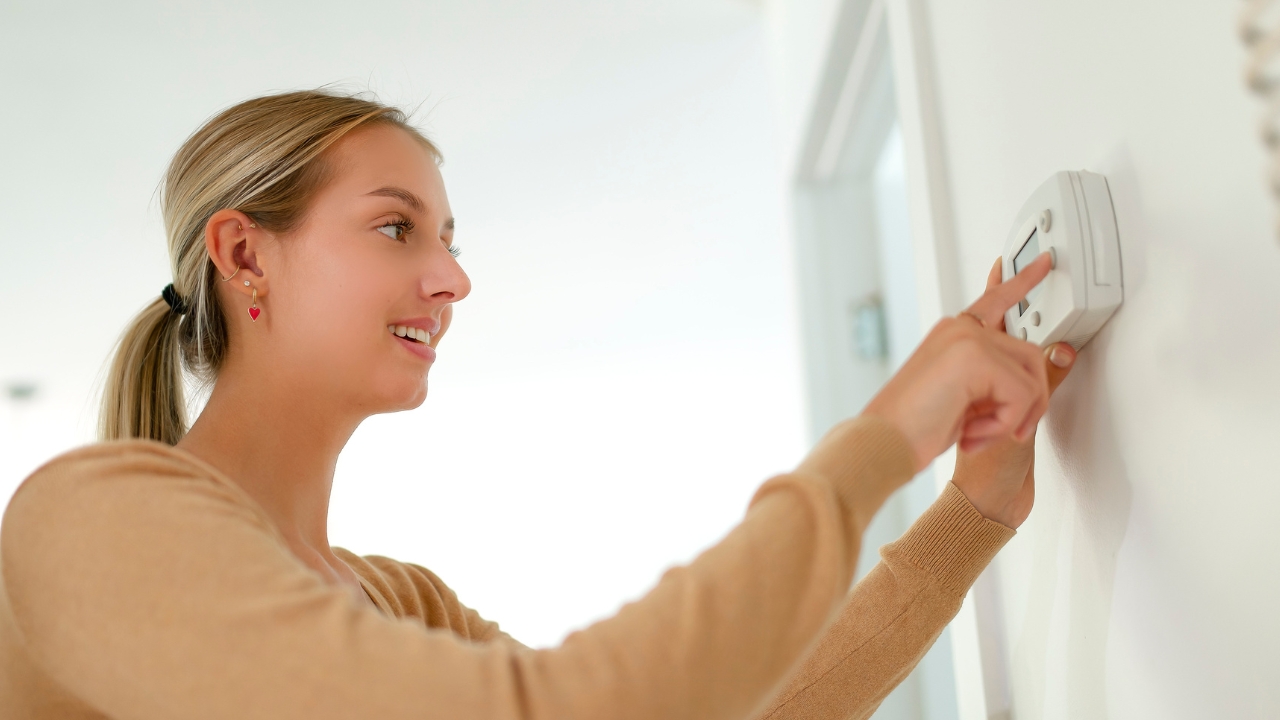
It sounds simple, but sometimes the issue is just the thermostat. If it’s set to “fan” instead of “cool,” or the temperature isn’t set low enough, your AC won’t kick on.
Switch it to “cool,” set the temp lower than the current room temperature, and see if the system responds. Also, check the batteries if it’s not responding at all.
Unclog a Condensate Drain Line
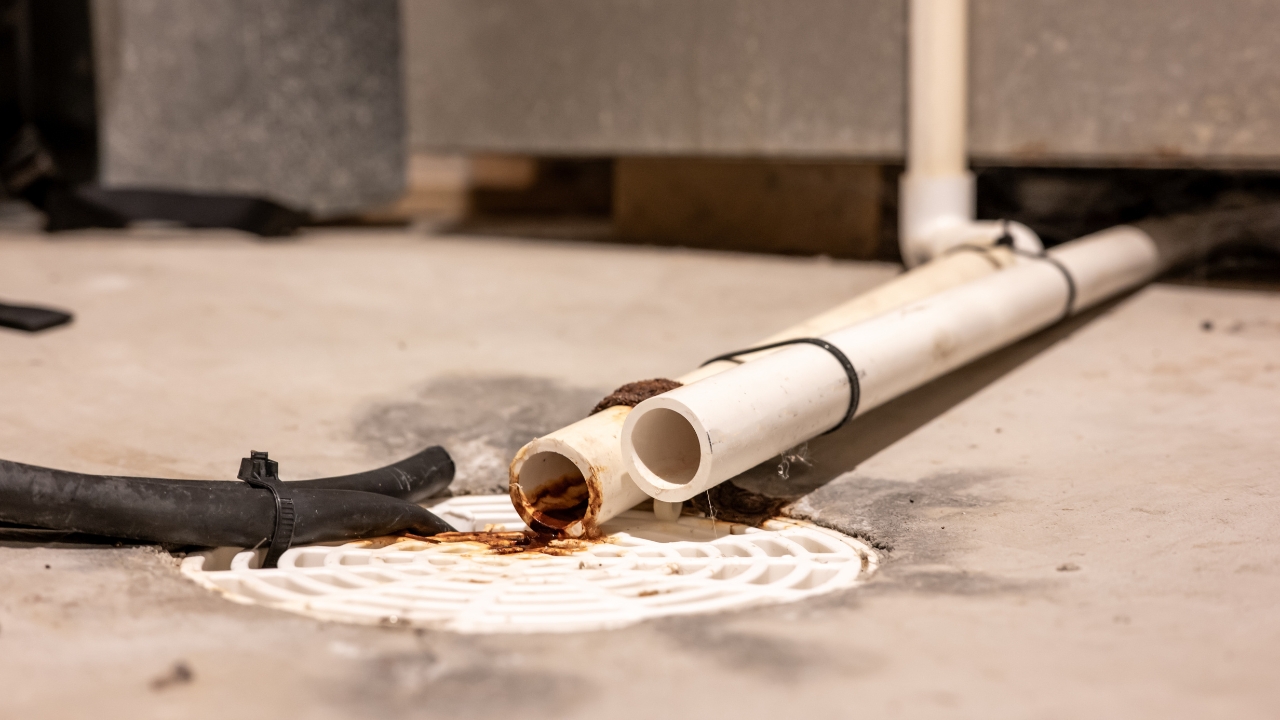
If your unit is running but leaking water or shutting off randomly, the drain line might be clogged. Algae and debris can block it over time.
Find the PVC drain pipe (usually near the outdoor unit) and use a wet/dry vacuum to suck out the clog. Flushing it with vinegar once every few months helps prevent future buildup.
Inspect the Air Vents
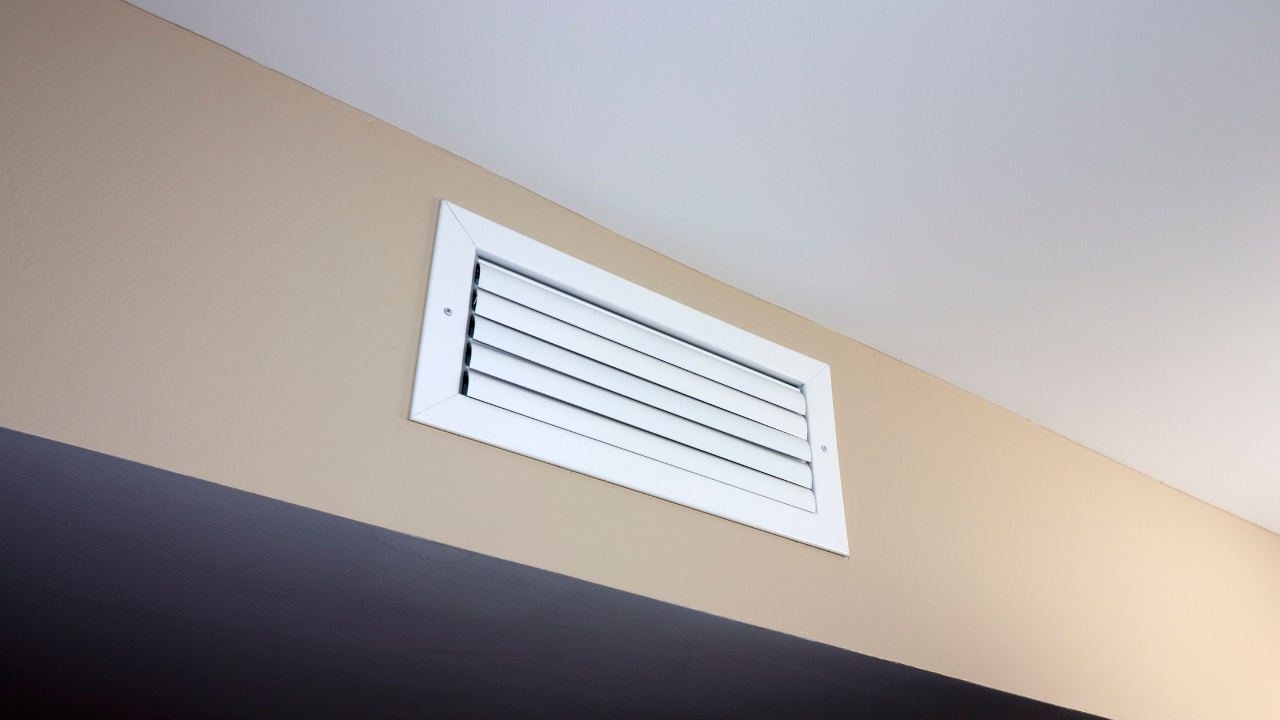
Blocked or closed vents can limit airflow and make your system seem like it’s not working—especially in rooms far from the unit.
Walk through your house and make sure all vents are open and clear. Furniture, rugs, and even curtains can block airflow without you realizing it.
Straighten Bent Condenser Fins

If the metal fins on your outdoor unit are bent, it restricts airflow and reduces cooling efficiency. You can fix this with a fin comb or a small flat tool.
Turn off the power and gently straighten the fins without forcing them. Take your time—this isn’t about making them perfect, just improving airflow enough to help the system breathe.
Replace a Faulty Thermostat Battery

If your thermostat screen is blank or unresponsive, check the batteries. A dead battery can keep the whole system from turning on.
Most digital thermostats pop open easily—just swap in fresh AA or AAA batteries and reset your settings if needed. It’s an easy fix that often gets overlooked.
Reseat a Loose Wiring Connector

Sometimes, vibrations or humidity can loosen low-voltage wiring on your thermostat or inside the outdoor unit. If nothing else is working, it’s worth a look.
Turn off the power first, then check for any visibly loose connections. If something’s hanging or barely attached, reseat it firmly—but don’t force anything if you’re unsure what you’re touching.
Give the System Time After Resetting

If you’ve made a change—like adjusting the thermostat or flipping a breaker—give the system a few minutes to kick back on.
Most AC units have built-in delays to protect the compressor from rapid cycling. Wait five to ten minutes before assuming something’s still broken.
*This article was developed with AI-powered tools and has been carefully reviewed by our editors.

